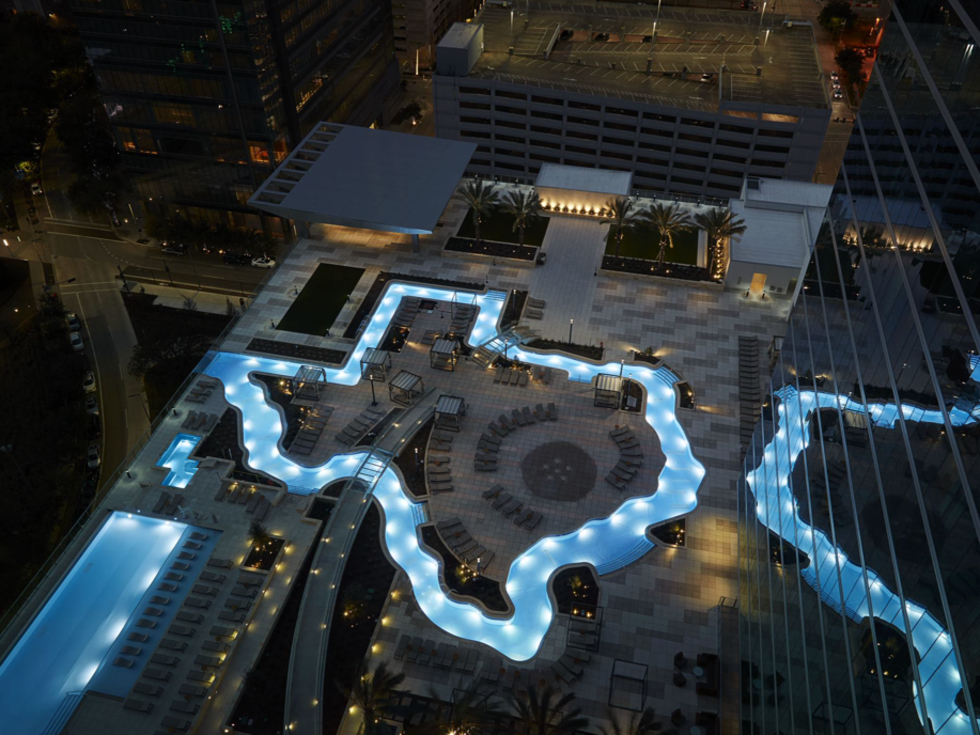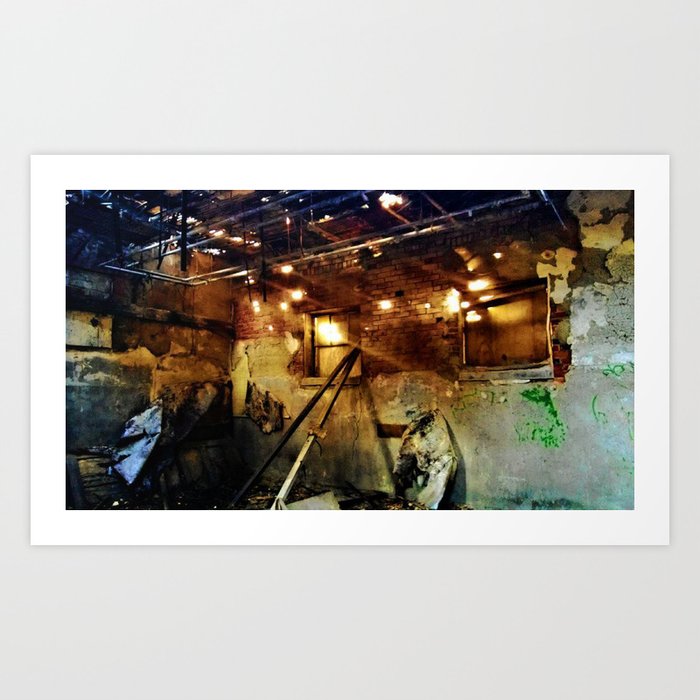

She is the author of Sacred Flames: The Power of Artificial Light in Ancient Egypt.Masoud Ghandehari serves on the Faculty of Civil and Urban Engineering at the NYU Tandon School of Engineering and is an associate faculty at the NYU Center for Urban Science and Progress. His research focus is on urban systems engineering and the application of advanced instrumentation and data analysis targeting the aging, health and performance of infrastructure systems. An archaeologist and art historian, she specializes in sensory archaeology, performance, and perception within the cultures of ancient Egypt and the Near East. Strong is adjunct assistant professor at Case Western Reserve University and research associate at the Cleveland Museum of Natural History. She is coauthor of Copán: The Rise and Fall of an Ancient Maya Kingdom and The Archaeology of Native North America, 2nd ed., and a professor of anthropology at Bellevue College in Washington. She is coeditor of Ancient Mesoamerica, and her publications include the coedited volumes Commoner Ritual and Ideology in Ancient Mesoamerica, Ancient Households of the Americas, Human Adaptation in Ancient Mesoamerica, and Archaeology of the Night. Nancy Gonlin is a Mesoamerican archaeologist who specializes in daily and nightly practices, household studies, and inequality. Antonio Ochatoma Cabrera, Martha Cabrera Romero, Tiffany Earley-Spadoni, Kirby Farrah, Nancy Gonlin, Anna Guengerich, Christopher Hernandez, John Janusek, Kristin V.

This volume will be of interest to any scholar or student of the past who is interested in urban activities and the significance of the night in urban settings.Ĭontributors: Susan M. This perspective greatly enriches the understanding of urban life and its evolution and has much to offer archaeologists in deepening an examination of complexity and inequality. After Dark embraces night as a conceptual lens through which to view the material and visual cultures of the ancient world and, in doing so, demonstrates a wealth of activities, behaviors, and beliefs that took place between dusk and dawn. The subjects of the night, darkness, and illumination taken together form a comprehensive framework for analyzing city life.

They also examine how urban architecture, infrastructure, and the corresponding lighting were inextricably involved in enabling nighttime pursuits and signaling social status. Contributors investigate night work-for example, standing guard or pursuing nocturnal trades-and nightlife, such as gambling at Chaco Canyon. Sensory archaeology focuses on the sensual experience of the nocturnal environment-the sights, sounds, smells, tastes, and feel of an ancient city-and the multi-faceted stimuli that diverse urban populations experienced in the dark. Contributors present material evidence related to how ancient people manipulated and confronted darkness and night in urban landscapes, advancing our knowledge of the archaeology of cities, the archaeology of darkness and night, and lychnology (the study of ancient lighting devices). After Dark explores the experience of nighttime within ancient urban settings.


 0 kommentar(er)
0 kommentar(er)
